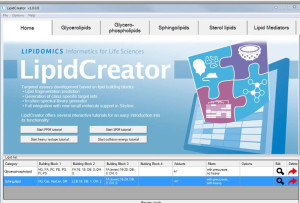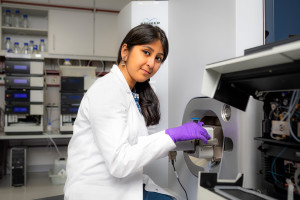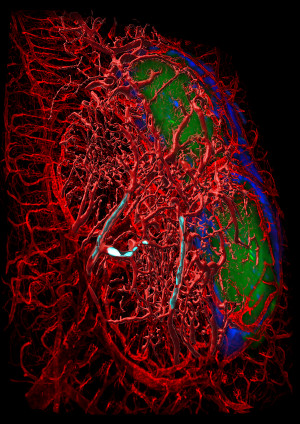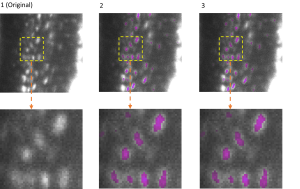Dortmund, 16th June 2020
Science hast been increasingly using the many different functions of lipids in the human body to diagnose diseases earlier and to better predict their course. Although lipids have a big potential as biomarkers, their analysis has so far been technically complex. Therefore, researchers at the Leibniz Institute for Analytical Sciences (ISAS) and the Institute of Analytical Chemistry at the Universität Wien (University of Vienna) have developed the first software for targeted mass spectrometric analyses of lipids. "LipidCreator has a high clinical relevance. The software enables us to determine specific lipid groups and lipid signal molecules, which we have decoded using mass spectrometry, faster and more efficiently than before. This way, we gain insights into blood coagulation and the origin of thromboses, for example", explains Ass.-Prof. Dipl.-Biol. Robert Ahrends from the Universität Wien and former head of the "Lipidomics" research group at ISAS.

Various application areas and large lipid database
The new software, which the renowned journal "Nature Communications" has recently reported on, is an important step towards establishing the analysis of all lipids in a cell, tissue or organism. Not only does it enable new investigations in health research, but it is also suitable for various laboratory environments. At the same time LipidCreator serves as a huge library of lipid knowledge.
Lipids play an important role in health
Lipids are chemically very different, have a complex structure and consist of combinations of different building blocks such as sugars, fatty acyls and binding types. In public perception, they are often notorious as fats that make people ill and fat - although they play an important role in the human body. For life is enveloped in lipids, fats and waxes: they form cells and organelles, convey information, protect the organism from harsh environmental conditions and serve as energy building blocks.
The mass spectrometry required for LipidCreator has become both faster and more sensitive in recent years. Today, up to 500 lipids can be analyzed by mass spectrometer.
Read more about the LipidCreator in Nature Communications.





